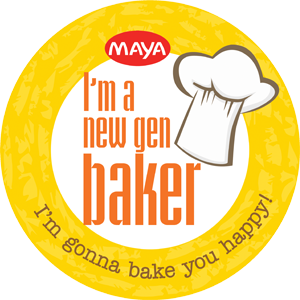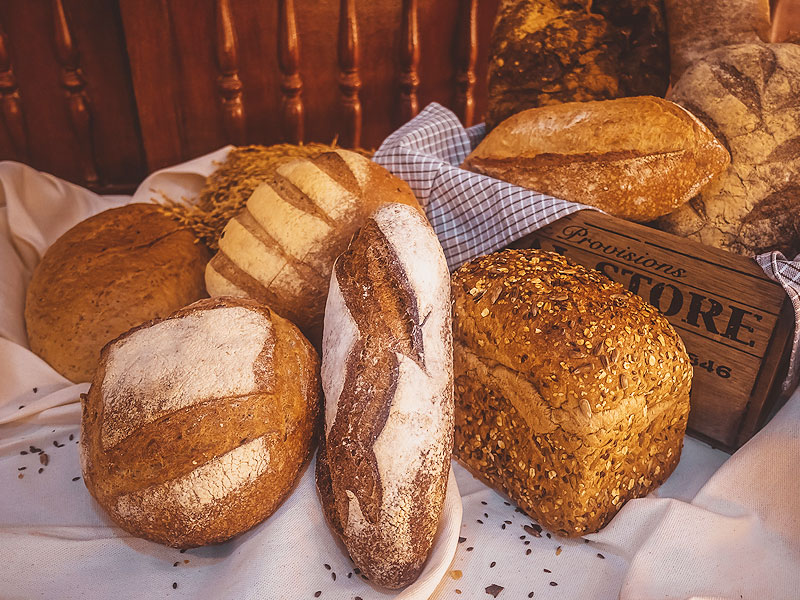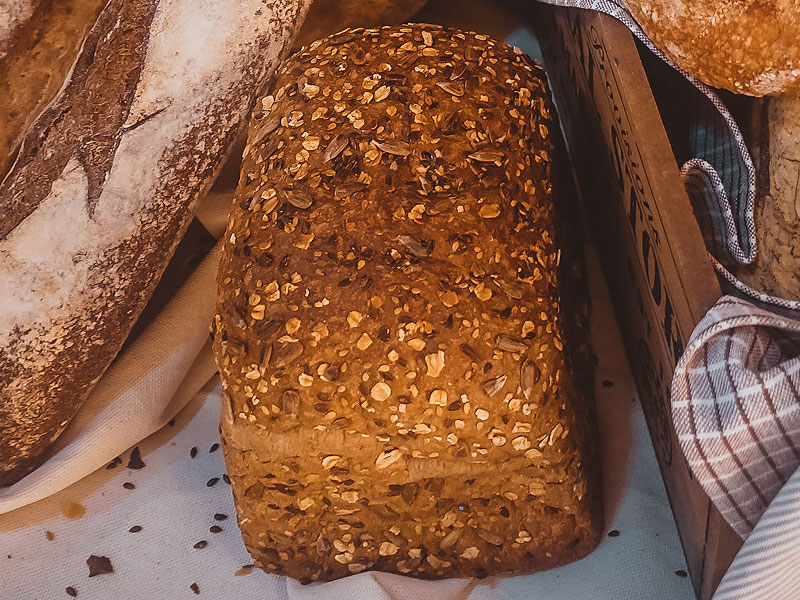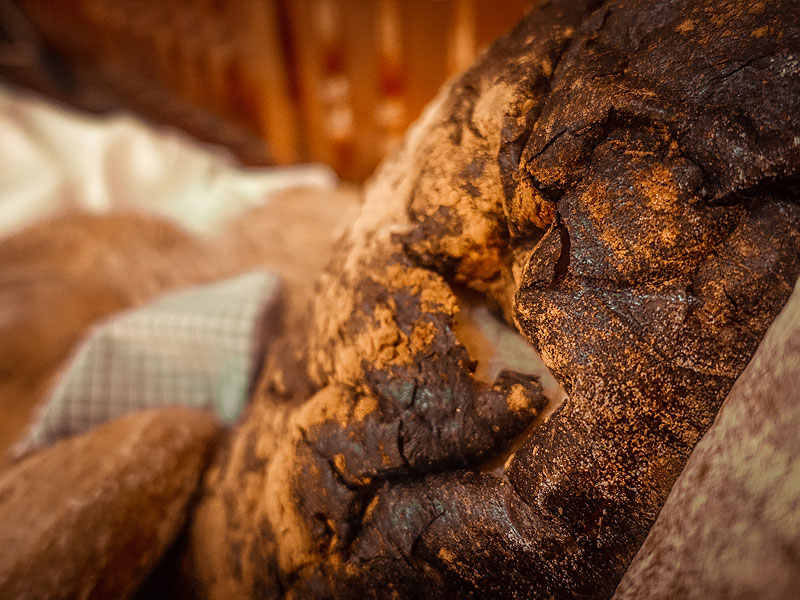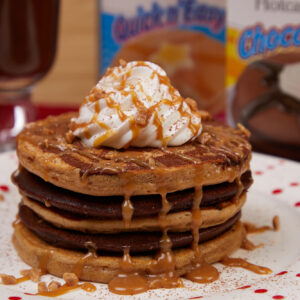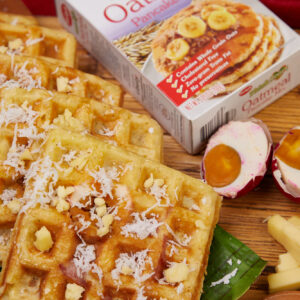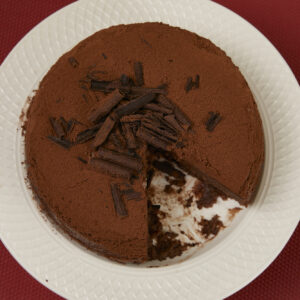Bread making can be intimidating, and understandably so. It’s not exactly a piece of cake (pun not intended), but it isn’t the impossible either.
To get you started, here are five tips we think will make the road to successful bread making smoother:
#1 Always Keep in Mind the Four Basic Ingredients
Bread in its most basic form contains flour (e.g. Maya All-Purpose Flour), yeast, water, and salt.
As you improve your bread making skills, you’ll find yourself substituting or adding other ingredients to create your own recipes. For instance, some people use beer instead of water, others add herbs like dill or rosemary, while some even add cheese (think of the local favorite ensaymada).
Get comfortable making bread with the basics before you start to get adventurous.
#2 Master Kneading the Dough
When flour is wet, you need to knead it in order for the bread to take form. In the simplest terms, kneading is basically folding and pressing the bread against a hard surface. Always remember that you don’t want your dough to be too tough.
#3 Understand the Science Behind Bread making
The reason you knead the dough is to make sure that it has a smooth and stretchy texture and doesn’t rip. This means you’ve produced enough gluten through your kneading.
The next step is to let your dough rest so that one of your basic ingredients—yeast—can work its magic and make your dough rise and produce that bread-y flavor. Allowing your dough to rest for longer than the recipe calls for is a good idea.
When the dough has risen you’ll need to punch it down, which means gently stretching the dough and rolling it up, then placing it seam-side down on the counter. After this, it’s time to let it rise again.
You’ll know it’s time to pop it in the oven when it has doubled in size.
#4 Turn Up the Heat & Steam
Make sure your oven is hot and steamy. Try placing a pan of boiling water on the bottom rack of your oven. The steam will help the bread rise quicker. Once the temperature hits 130° F–140° F (55° C–60° C), your yeast dies and your bread won’t rise anymore.
A steamy and hot oven can also make for extra crispy bread crust.
#5 Give the Bread Time Enough to Cool
We know its hard not to eat it right away, but take our advice and let your freshly baked loaf cool completely before slicing it up. Why? The steam inside won’t have completely evaporated, making your bread undercooked and gooey.
New Gen Baker hopes this helps you understand bread making better and motivate you to break out your apron and prep your oven. Don’t be discourage if it doesn’t turn out as well as you hoped. Adjust accordingly and try again. Just keep at it until you get it right. We promise the rewards of baking your own homemade bread will surely be worth all the effort!
